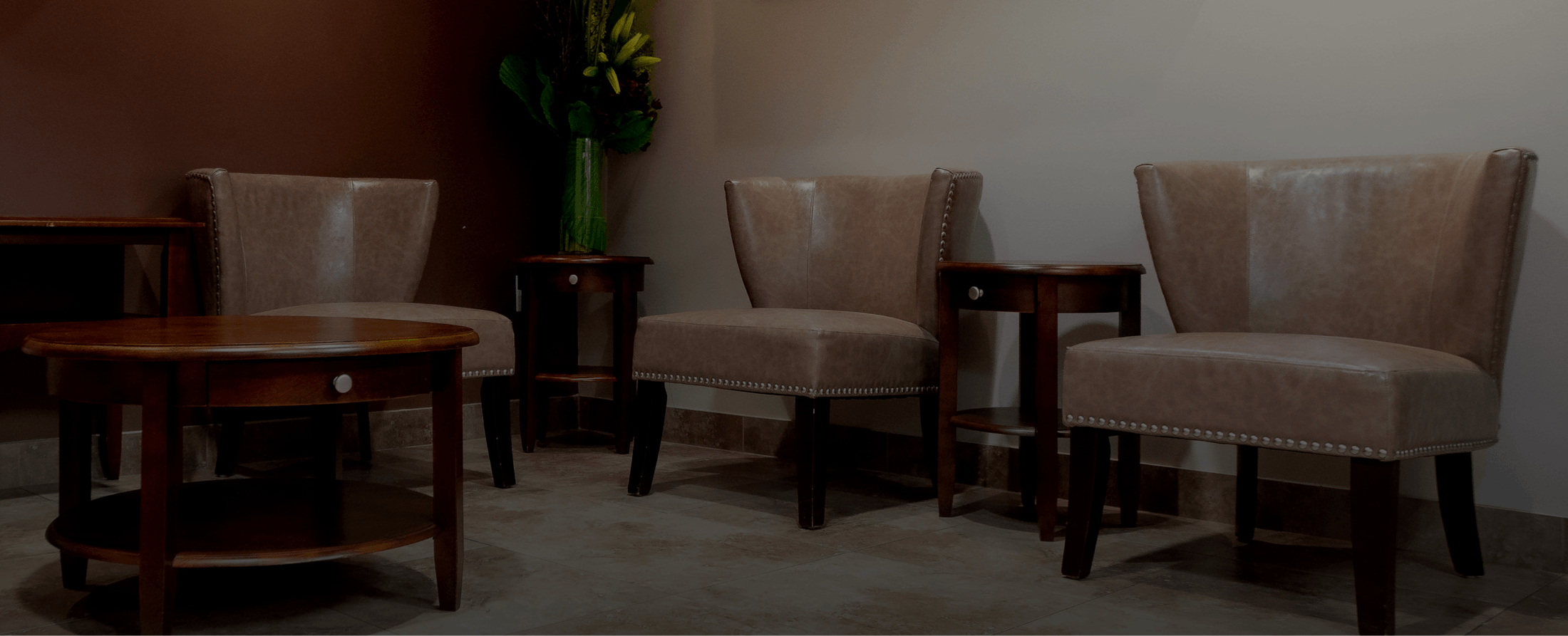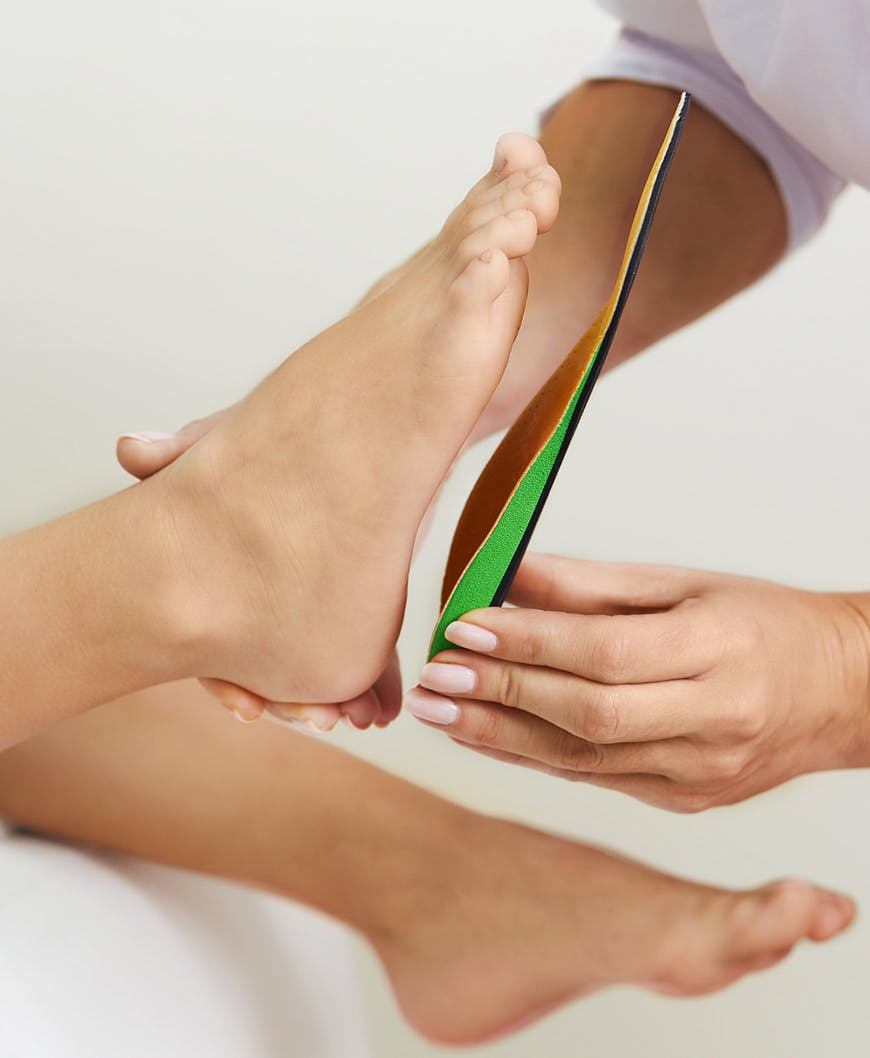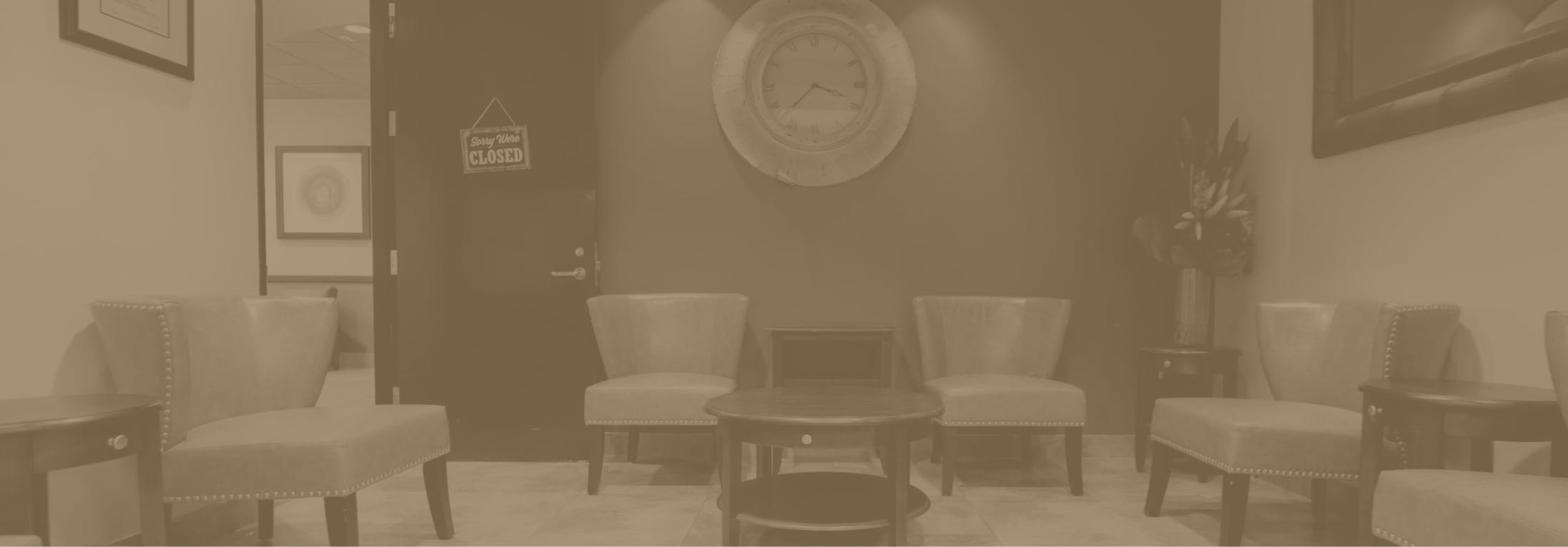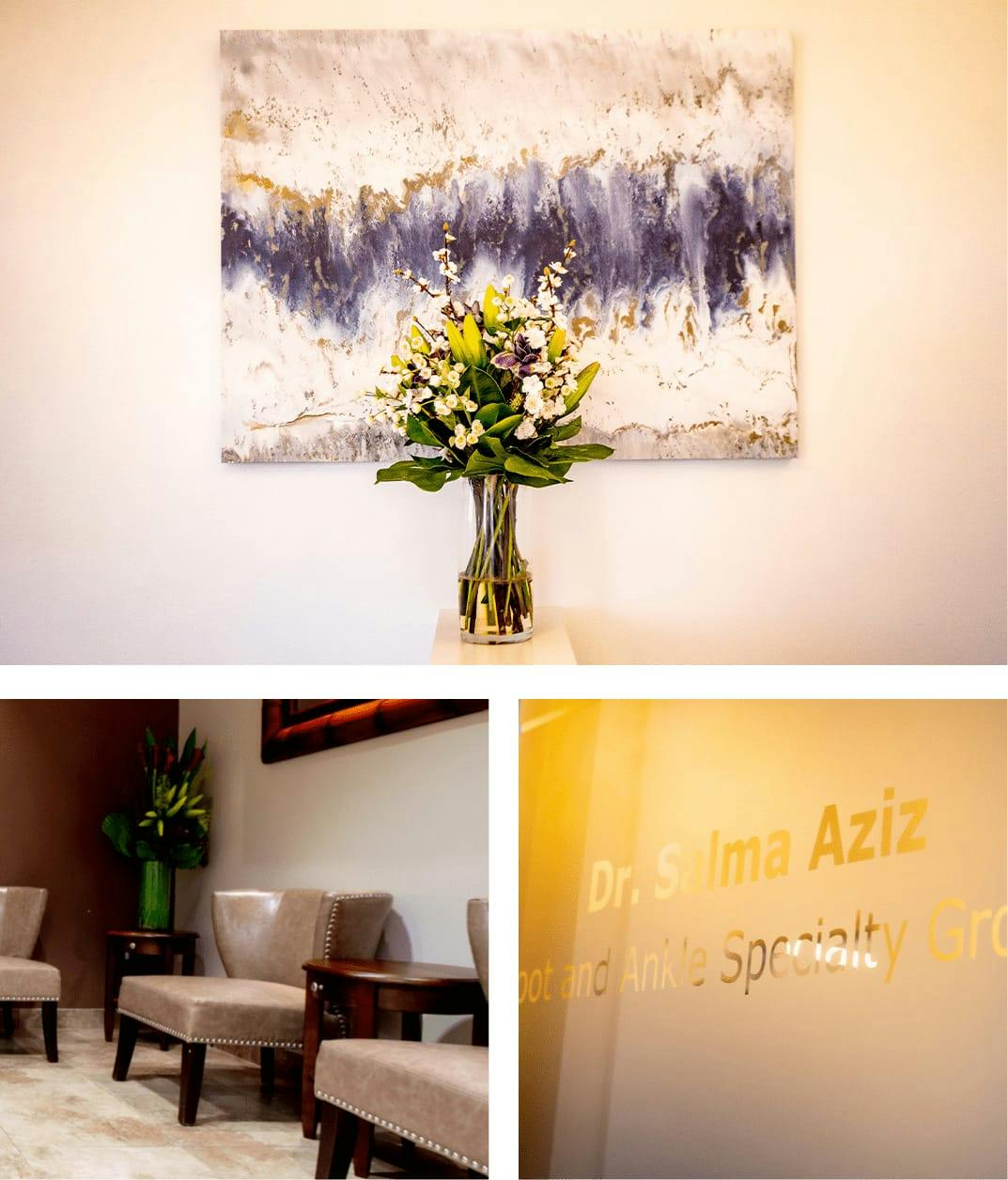Knowing more about the causes of arch pain will allows you to be further informed about what could be causing your discomfort.
Overpronation
Overpronation describes the arch of the foot inward after it collapses. This might also be referred to as “flat feet”. This causes a problem with the natural alignment of the feet, putting a person at a higher risk for certain injuries such as plantar fasciitis, foot or lower leg stress fractures, shin splints, and chronic lower back pain. This issue is usually caused by a person’s feet being very flexible. In some cases, people are born with this condition.
Cavus Foot
Cavus foot refers to a condition in which a person’s arch is very high. This puts excess stress on the heel and ball of the foot when the individual is standing or walking. This issue may be seen in people with certain medical conditions such as spina bifida, muscular dystrophy, or a neurologic disorder. It may cause foot instability, pain, hammertoes, and calluses on several areas of the foot. In some cases, people who have this condition also develop a drop foot.








